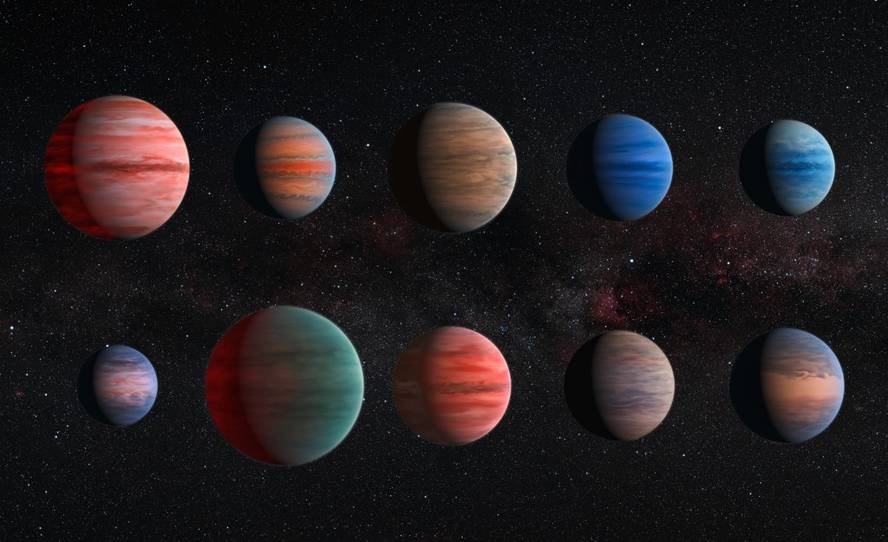Exoplanet describes water scarcity
Analyzing the atmospheres of ten exoplanets, astronomers have found less water than they expected. Some exoplanets like this have apparently seen that they have little water and so far have been considered to have lost water in their own generation process. Now, however, they have given a simpler explanation to this apparent water shortage: that the atmospheric mist of the exoplanets or the clouds themselves make it somewhat difficult to detect the water in the exoplanet.
Since the first exoplanet was discovered in 1992, more than 2000 exoplans have been identified, but little knew about its atmosphere. On this occasion, the work team led by an astronomer from the University of Exeter, David Sing, has collected enough data to compare ten exoplanets using the Spitzer Space Telescope and has discovered that among them there is great atmospheric diversity. Some with cloud formations and others with clean atmosphere. In fact, they have found a direct correlation between the water footprint and the cloud of the planet's atmosphere. Therefore, they suggest that the planets with cloud hide water by themselves.






